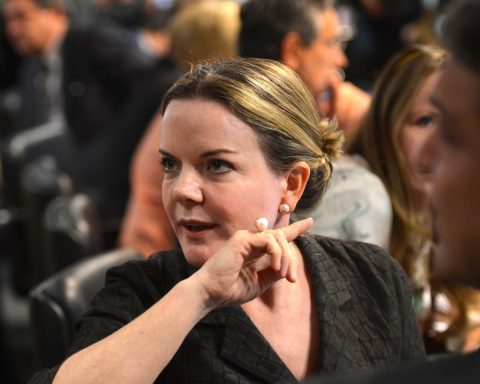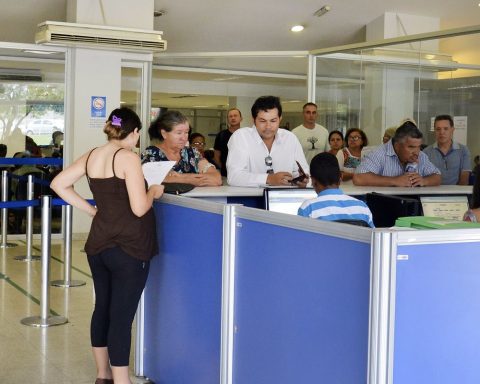The Economic Uncertainty Indicator (IIE-Br) rose 0.6 points in December, reaching 112.7 points. The data were released today (30th), in Rio de Janeiro, by the Brazilian Institute of Economics of the Getulio Vargas Foundation (FGV).
According to Anna Carolina Gouveia, economist at the institute, the rise in the indicator, after two months practically stable with increases of 0.3 and 0.1 points, was influenced by the transition of government. As a result, the IIE-Br closed the year at an unsatisfactory level, above 110 points.
“The result was influenced by the uncertainties of the transition of government and the direction of economic policies for next year, with emphasis on the conduct of fiscal policy”, he argued.
He highlighted that the increase in uncertainty was driven by the dispersion in macroeconomic forecasts, which should remain high in the coming months.
“The rise in the IIE-Br was driven by the expectations component, which measures the dispersion in specialist forecasts for macroeconomic variables, due to greater heterogeneity in forecasts for the Selic rate. In view of the challenging domestic and international environment, the Uncertainty Indicator should remain oscillating at a high level in the coming months”, he said.
Components
Among the components of the IIE-Br, in December the Media indicator, which is based on the frequency of news mentioning uncertainty in print and online media, dropped by 2.5 points, to 110.1 points, reaching the lowest level since November 2019, when it reached 103.6 points. As a result, the component contributed to a reduction of 2.2 points in the aggregate index.
The component of expectations, which indicates the average of the coefficients of variation of economic analysts’ forecasts, increased by 12.8 points, going to 117.9 points. The highest previous peak was recorded in July this year, with 124.7 points. This component contributed 2.8 points to the increase in the margin of the Economic Uncertainty Indicator.

















